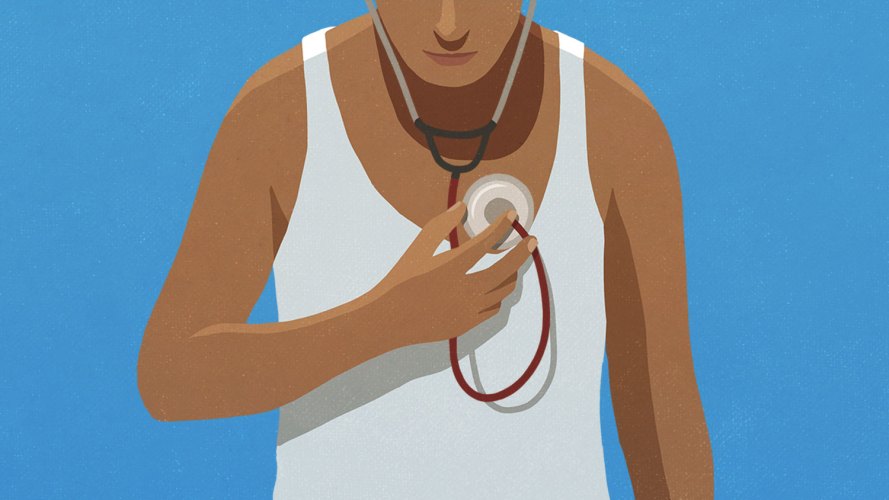The more consumers trust in the healthcare organizations they interact with, the more likely they are to use their services. That’s what findings from Salesforce’s latest Connected Health Consumer Report indicate.
But why is trust so important in the first place? When patients use healthcare services more often, it means providers have more opportunities to encourage better behaviors that will improve their health. The key to delivering those experiences lies in understanding the different ways consumers want to interact with their providers.
The report spotlights the communication styles and channels that will help increase trust in healthcare providers. Continue reading for three ways providers can improve how they interact with health consumers to deliver better experiences and outcomes, and build trust.
What drives trust in healthcare?
We asked 12,000 health consumers what their opinions and experiences are like, and the findings reveal the importance and implications of consumer trust in health.



1. Offer easy-to-use digital channels
Today’s health consumers are more comfortable using digital versions of traditionally in-person services, from remote monitoring to virtual checkups, and more.
For many individuals, accessible, intuitive digital tools like patient portals, apps, and websites indicate superior care. Sixty-four percent of consumers under the age of 65 believe providers with better online capabilities are more likely to deliver better service. And if younger generations are an indicator of future preferences, the importance of having services available online will only increase.
Take UCM Digital Health for example. They used Salesforce to bring together disconnected systems they already had in place. By connecting their telehealth platform, electronic health record (EHR) system, virtual meeting software, and other technologies onto a single platform, they delivered more streamlined services. Patients could more easily reach physicians, while providers had a central, holistic view of the patient. “The patients just know that they need care. Where that care starts, how it is delivered, and where it ends — digital plays a role in every part of the patient experience to keep it connected,” said Keith Algozzine, founder and CEO of UCM Digital Health.
2. Respond in a timely manner
According to the Connected Health Consumer Report, 71% of respondents cited timely responses as one of the most important actions providers can take to build up their trust in healthcare. In fact, speed ranks as the greatest factor affecting trust, more so than cost or location, and hours. Take, for instance, that more than 20% of consumers consider fast service a top contributor to a satisfying healthcare experience. Similarly, nearly 40% list long wait times as the top reason for a dissatisfying experience.
For those times where consumers need to go beyond self-service options and knowledge libraries, a single platform can streamline their experience. When call center reps can automate complex tasks and have health information captured in a central location, they can quickly get an overview of the patient and focus on the patient. This eliminates the need for them to toggle between different systems and prevents them from asking for information that has already been logged. Essentially, it allows the rep to do more with less, and ultimately, drives satisfaction and trust with the patient.
3. Personalize care and service
Mapping out custom care plans and making sure patients stick to them is key for providers. It optimizes the chances for better outcomes and inspires trust. Consumers who completely trust their providers are 3.4 times more likely to receive personalized health goals from them.
When connected systems integrate data onto a single platform to create a 360-degree view of the patient, care teams are empowered to deliver a deeper, more holistic understanding of the individual.
“Because many patients’ routine care was interrupted by the pandemic, it’s important to be able to stay in touch so nothing falls through the cracks,” said Katie Logan, chief consumer officer at Piedmont Healthcare. “Making sure these communications are personalized and timely is key. That’s where our connected framework comes in handy. ”
Start with a connected platform to increase trust in healthcare providers
Patients with high levels of trust in their providers are more than twice as likely to welcome assistance than patients who are distrustful. Data shows a lack of trust dampens a person’s desire to engage and weakens the overall connection between patient and provider.
The best way to improve trust among patients is to start with a connected platform that enables timely and personalized touchpoints across in-person and digital interactions. The ultimate benefit is improved patient outcomes in the end.
New research from 12,000 global health consumers on trust
Learn how healthcare and life sciences organizations in the provider, payer, pharmaceutical, and medical device industries can improve trust in the Connected Health Consumer Report.































